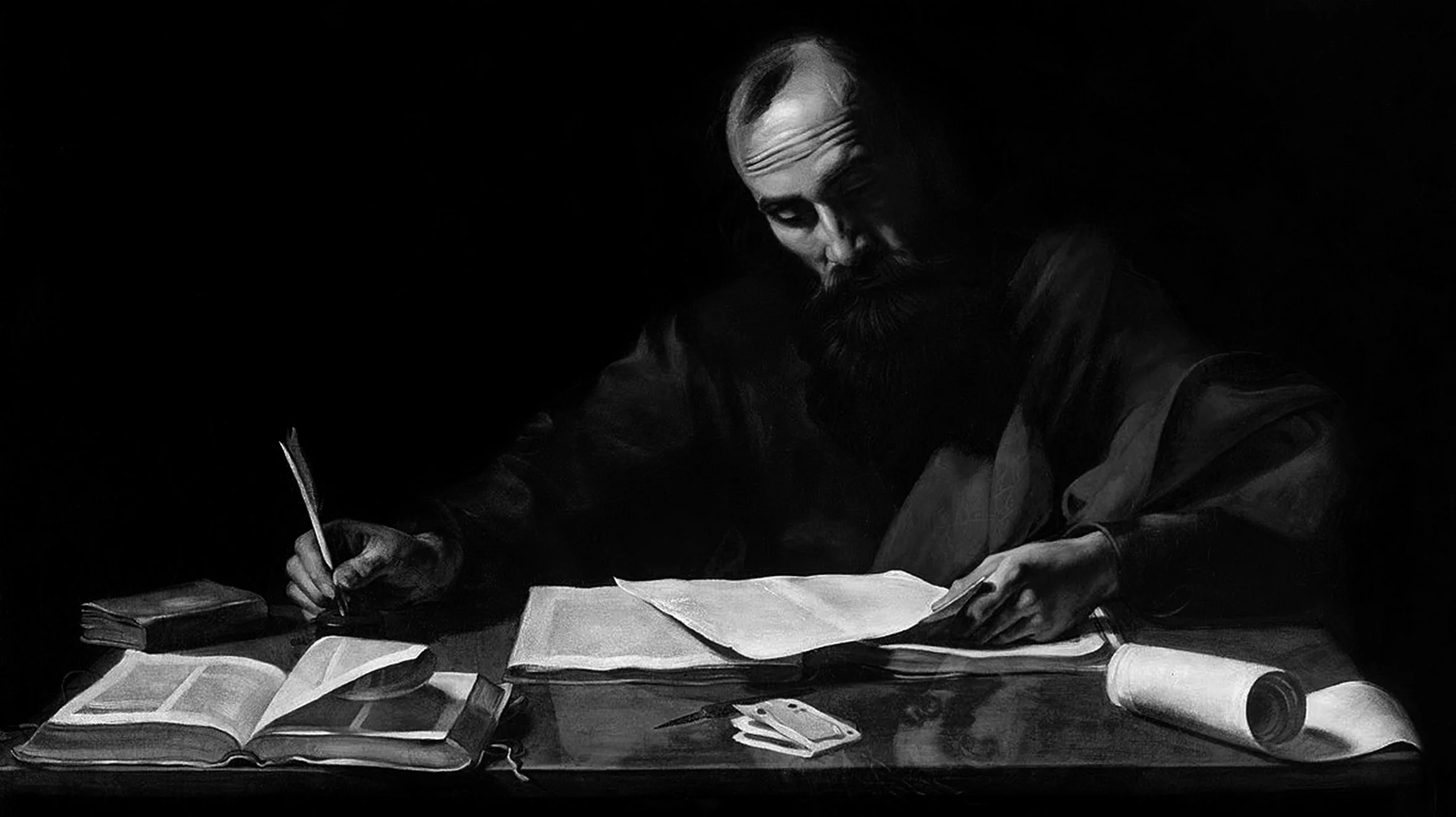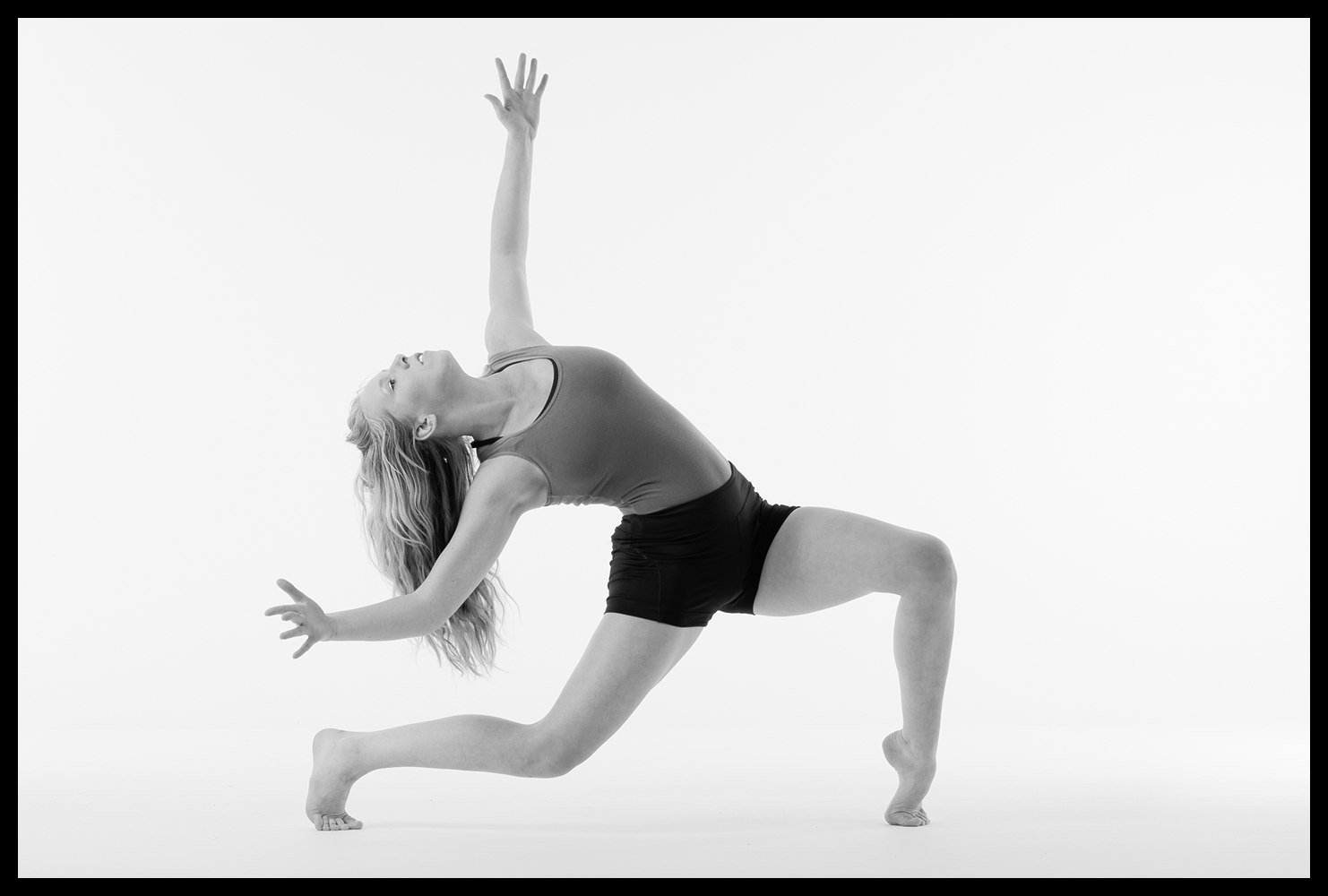The inspiration for this work sprang from a long time, deeply felt regard for Ted Hughes' highly anthropomorphic 'naturalistic' poetry and, in particular, those poems published in the collection by the name of 'Crow'.
This video version has been long in creation, largely because it became my transition project from still photography to newly acquired video creation skills.
The project began at a Dance Workshop hosted by Nicola Selby, herself a talented dancer and photographer. The dancer is Amy Eccleston, now Amy Hallam.
There are many interpretations of Hughes' Crow, and many agree it's undoubtedly a re-telling of the Bible's Genesis story but, as Hughes envisions it, with a disastrous, dark and apocryphally evil twist.
Hughes himself explains that 'nobody knows quite how Crow was created, or how he appeared' (into the world). Crow, he says, was 'created by God's Nightmare'. I took that idea and interpreted it freely with Amy's spellbinding choreographic interpretations of my somewhat clumsy direction. The approach is described in my earlier post here. The images used in this final edit were from the low-key lighting session. I hope you enjoy the outcome.
It was a very exciting project, even though it took many months to complete. It also offered me the chance to work on the sound design for the accompanying score. I aimed at creating a soundscape that complemented the darkness of the poem while at the same time weaving the still images into a semi-continuous evolution; from Crow's 'birth'. or 'coming into existence' and its final triumphant realisation of the havoc it was about to unleash on Man.







